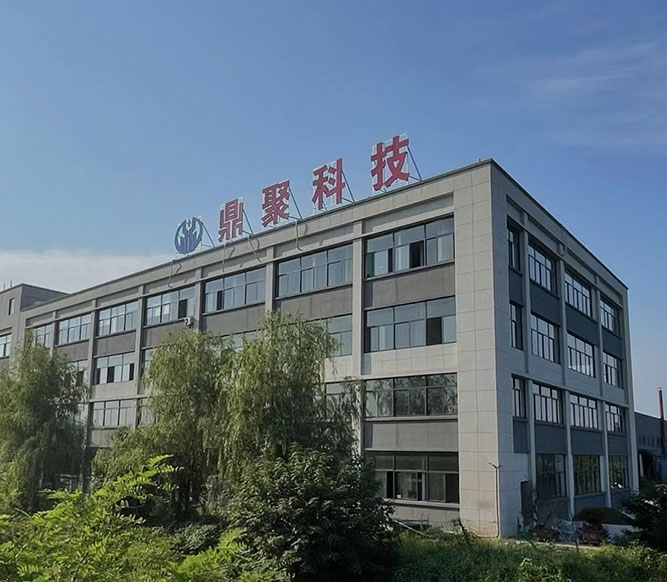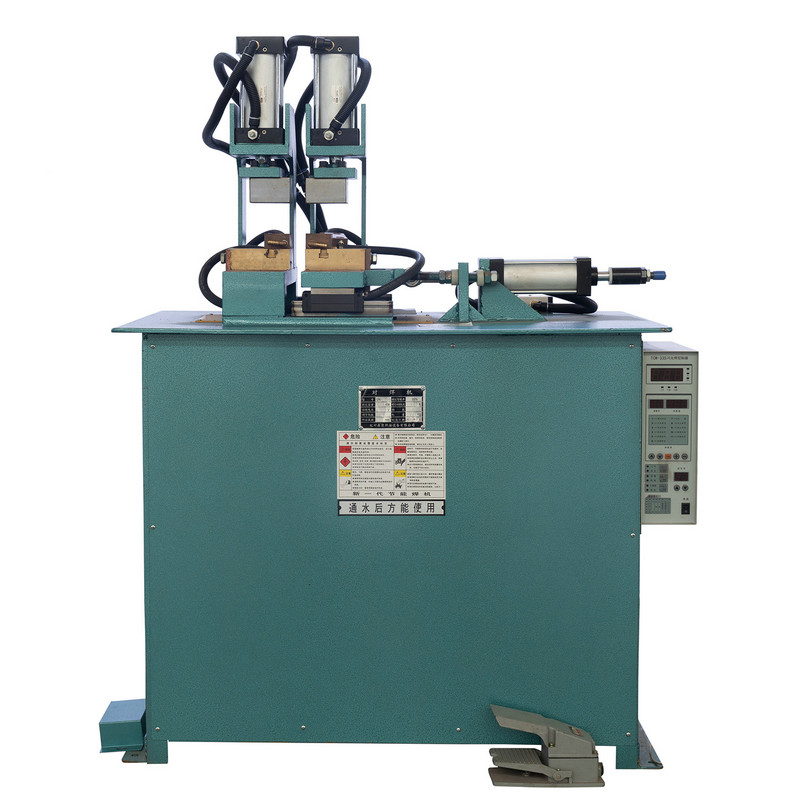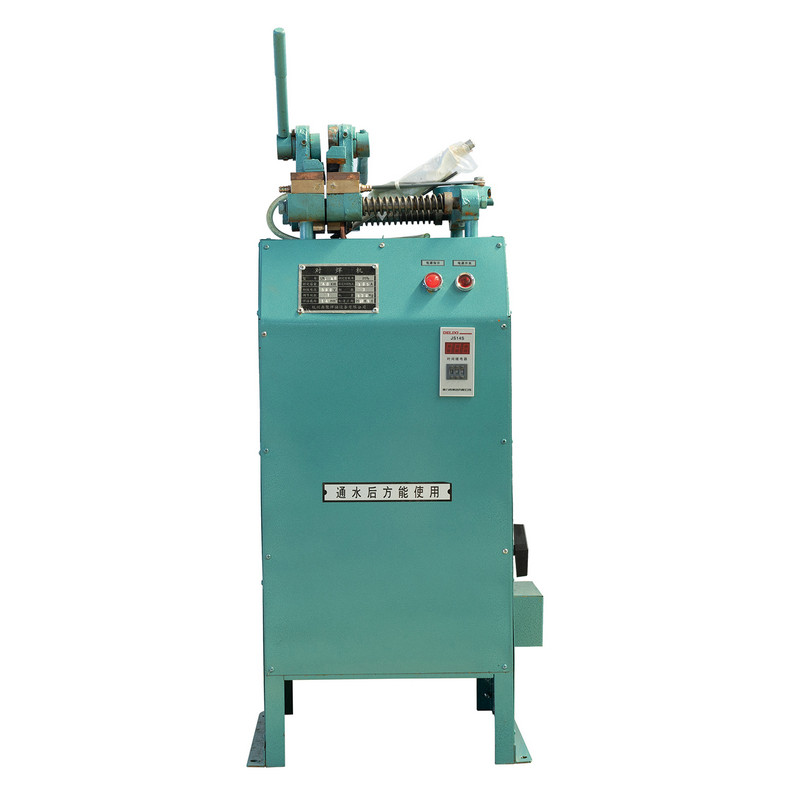Language
A stable workpiece clamping pneumatic butt welding machine is an essential tool in industrial fabrication and pipe processing. Its primary function is...
READ MORE

A stable workpiece clamping pneumatic butt welding machine is an essential tool in industrial fabrication and pipe processing. Its primary function is...
READ MORE
Achieving high-quality welds is a critical requirement in pipe fabrication and industrial assembly. A pneumatic pressure application butt welding mach...
READ MORE
The foot-operated steel bar butt welding machine has become an essential tool in the construction and manufacturing industries. Known for its efficien...
READ MORE
Pneumatic butt welding is a widely used process in industrial manufacturing, particularly in the joining of thermoplastic pipes and profiles. The Two-...
READ MORE
Introduction to the Pneumatic Welding Cycle In the realm of industrial fabrication, achieving consistent, high-strength welds is a cornerstone of qual...
READ MOREDo you really understand welding controllers?
In the wave of modern manufacturing, welding robots have become an indispensable and important role. The welding controller, as the "brain" in the welding robot system, determines the accuracy and efficiency of the entire welding process. Do you really understand the welding controller? How does it work? What are its unique functions and advantages?
The welding controller is the core device responsible for managing and controlling various operations and parameters in the welding process of the welding robot. Its main functions include controlling the welding path, adjusting the welding current and voltage, monitoring the welding status, and performing fault diagnosis and alarm when necessary. This series of complex operations requires the welding controller to be realized through its internal precise algorithms and powerful computing power.
When we walk into a modern welding workshop, what comes into view is often the busy and orderly welding robots. These robots can accurately complete various welding tasks according to the preset programs. And behind all this, it is inseparable from the precise command of the welding controller. The welding controller accurately controls the motion trajectory of the welding robot through a computer program to ensure that every welding can achieve the best effect.
During the welding process, the welding controller automatically adjusts the welding parameters such as current, voltage, welding time, etc. according to the welding requirements and material characteristics. The precise setting of these parameters is essential to ensure the stability and reliability of the welding process. At the same time, the welding controller also has a real-time monitoring function, which can monitor the welding status in real time. Once an abnormal situation is found, fault diagnosis and alarm will be carried out immediately, so as to effectively avoid the occurrence of welding defects.
In addition to precise control and real-time monitoring, the welding controller is also highly flexible and scalable. With the continuous development of welding technology, new welding processes and welding methods are constantly emerging. The welding controller can easily adapt to these new changes by updating software or adding new functional modules. This enables the welding robot to perform well when facing different types of welding tasks.
The welding controller is also connected to a computer or other device for remote monitoring and operation. This enables technicians to monitor and manage the welding process in real time while being away from the welding site. This remote monitoring and operation capability not only improves work efficiency, but also reduces operational risks.
In the welding controller market, many brands and companies have launched fierce competition. Internationally renowned brands such as ABB, Kawasaki Robotics, Fanuc, Yaskawa Electric, and domestic companies such as Huandian are constantly launching new welding controller products to meet the diverse needs of the market. These products not only have the advantages of high precision and high stability, but also have the characteristics of intelligence and networking, injecting new vitality into the development of modern manufacturing industry.